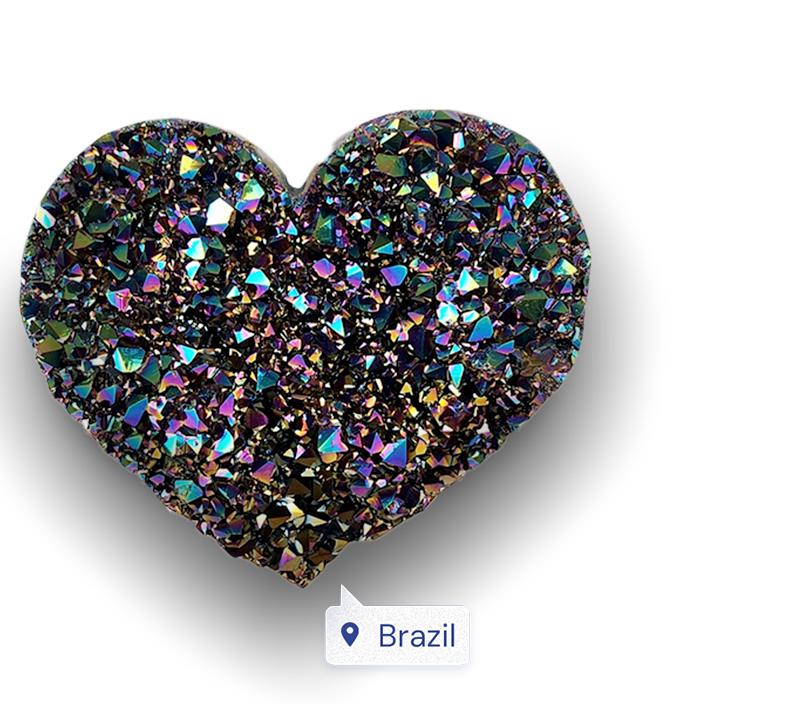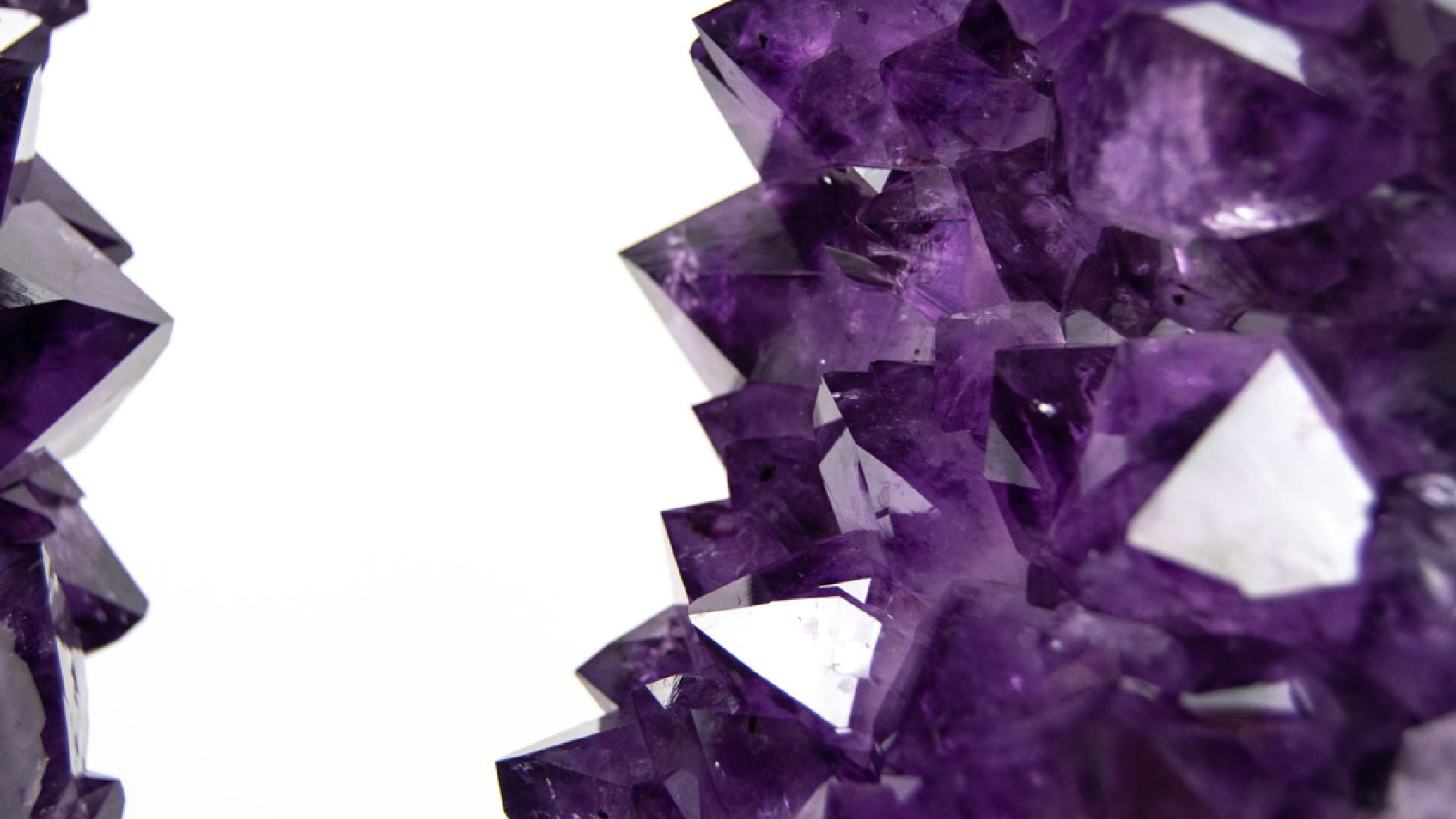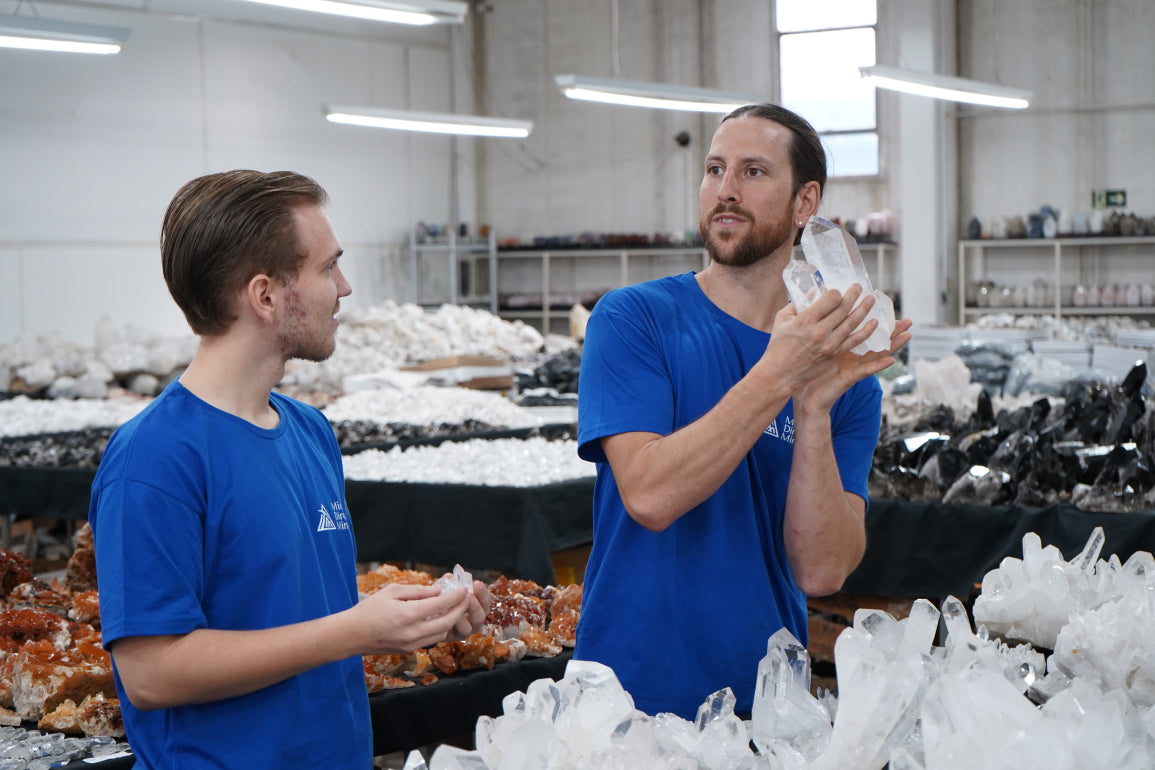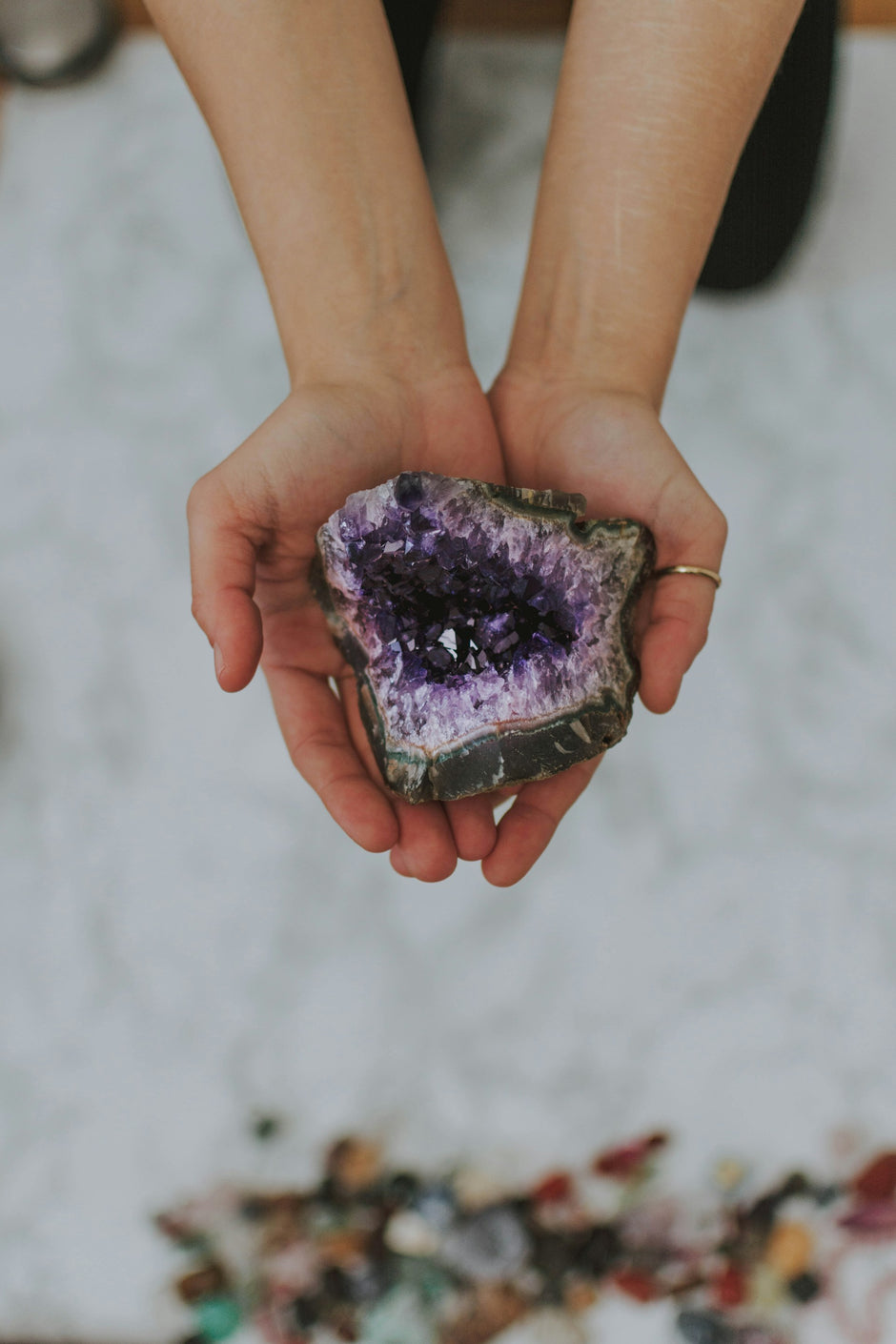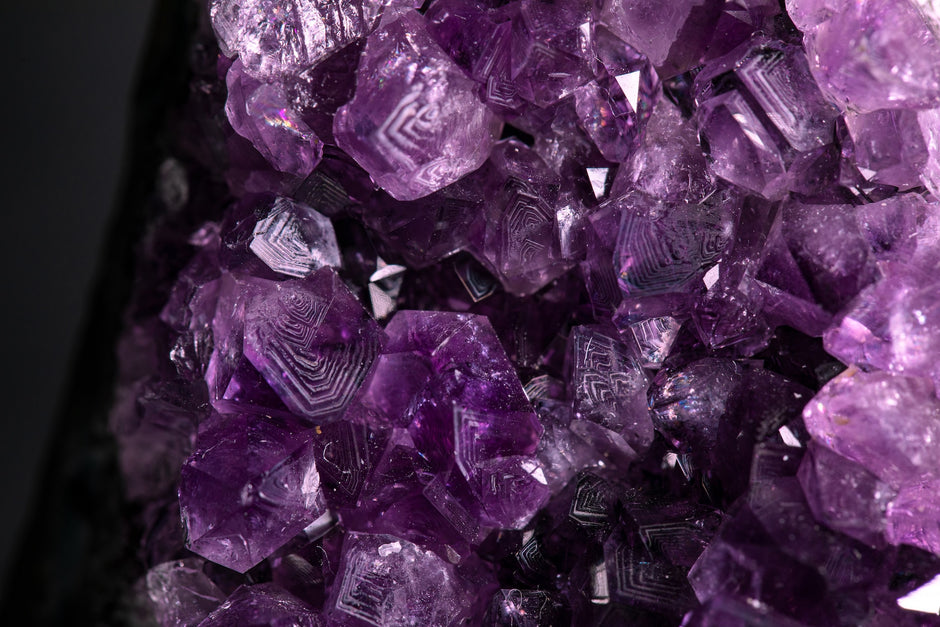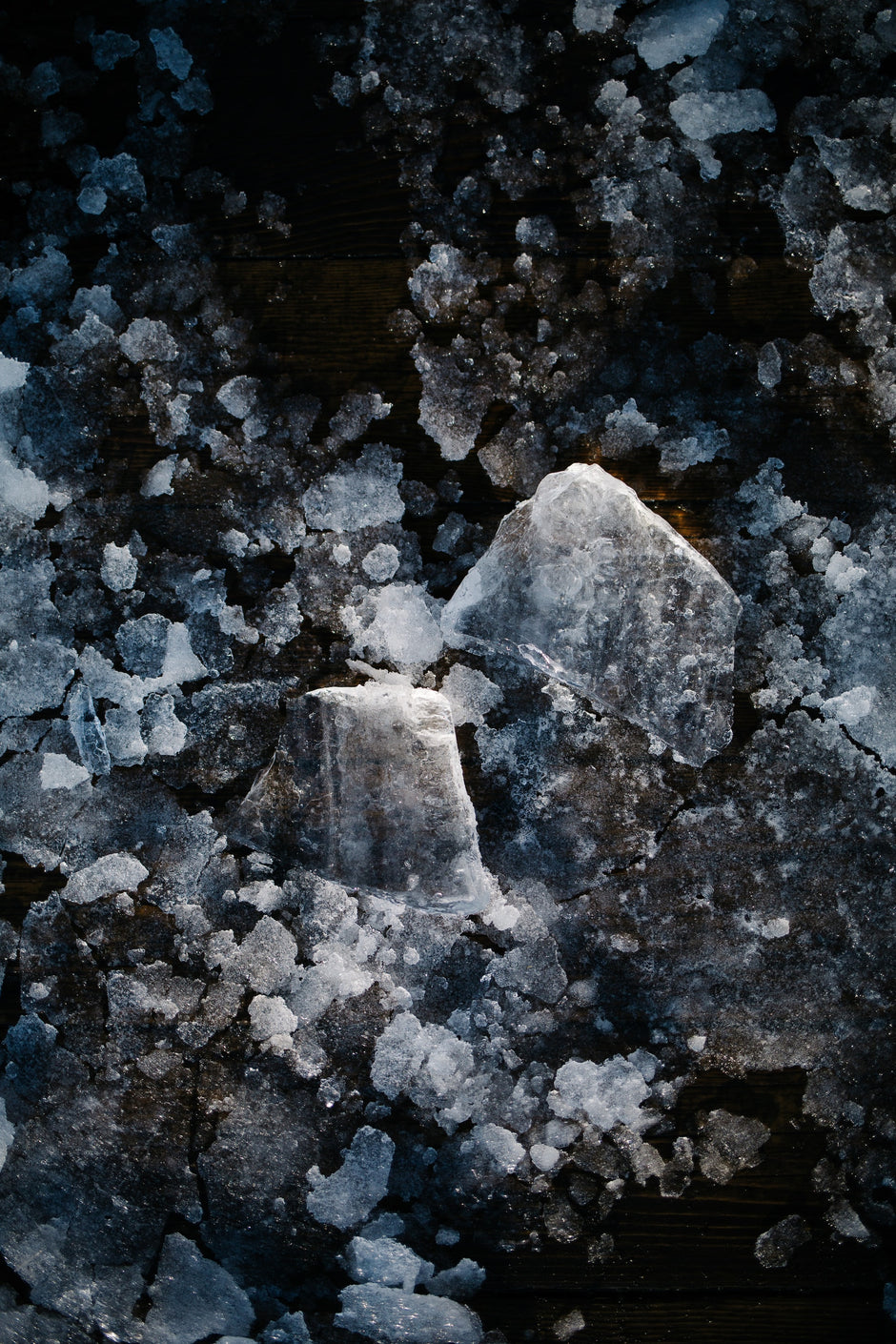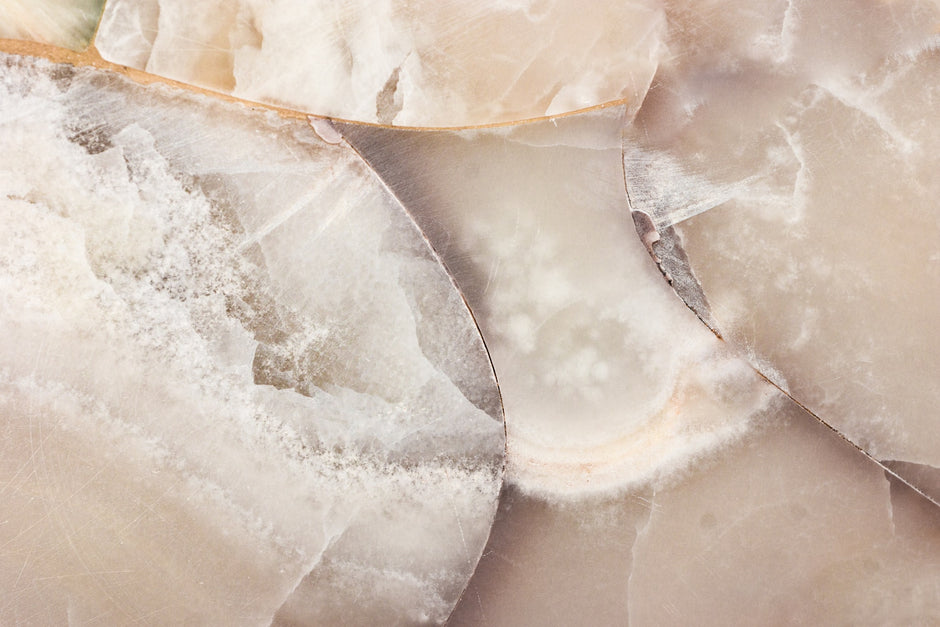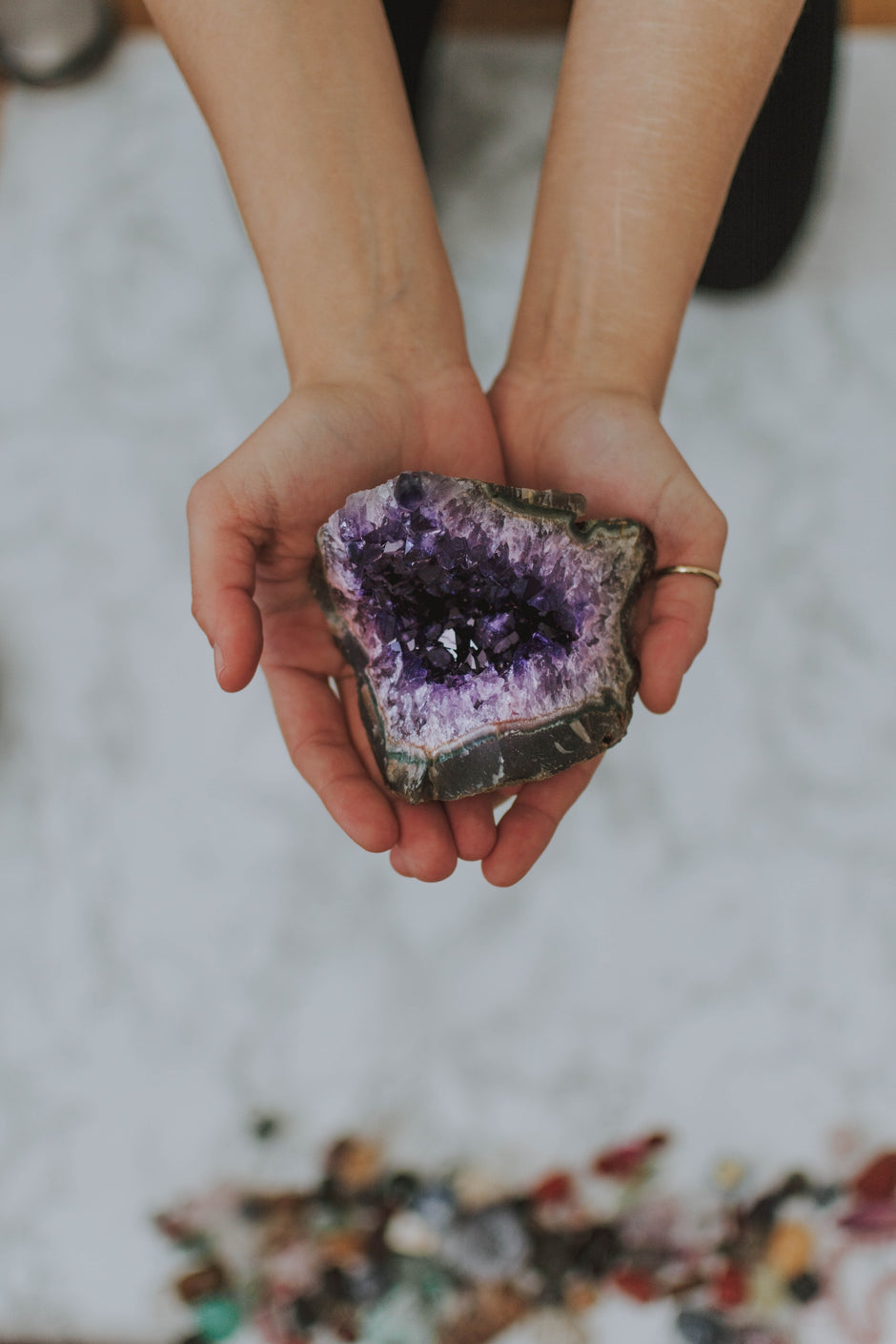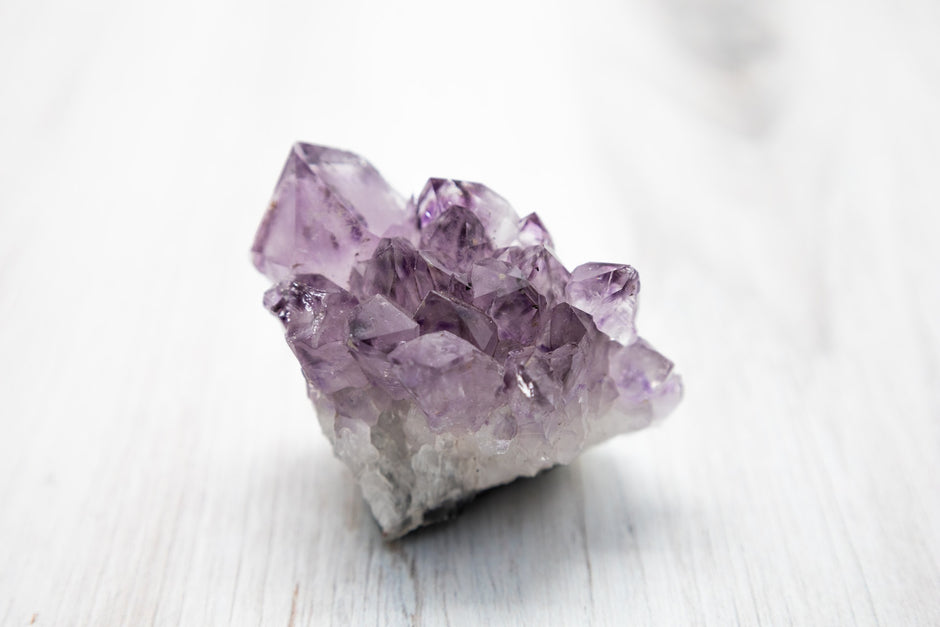Have you ever found yourself utterly captivated by the sparkling charm of a sapphire or lost in the enchanting depths of an amethyst color? In this post, we're exploring the world's largest gemstone deposits. Imagine vast landscapes filled with nature's treasures waiting to be unearthed!
But these gemstone deposits are more than just a feast for the eyes. They play a crucial role in our global economy, contributing billions of dollars annually. These deposits are the ultimate treasure troves for collectors, offering rare and unique gems that can't be found elsewhere. Whether you're an investor, a collector, or simply a gemstone aficionado, understanding these deposits can offer invaluable insights.
So, what's the plan? We'll delve into the criteria that make a gemstone deposit noteworthy, tour the top 5 largest deposits globally, and even discuss the journey of a gemstone from the mine to your jewelry box. Whether you're looking to invest in a gemstone collection or just fascinated by their natural beauty, this article aims to be your comprehensive guide.
The Fascinating World of Gemstones
This section is like the treasure chest of our article, filled with sparkling details that will make you appreciate these natural wonders even more. So, let's dive right in!
What Are Gemstones?
In the simplest terms, gemstones are mineral crystals or organic materials that have been cut and polished. They range from your everyday quartz to highly prized diamonds and sapphires. But don't be fooled; even the most common gemstones can have extraordinary beauty and significance.
Definition and Types
Technically speaking, a gemstone is a mineral, rock, or organic material used for jewelry, decoration, or other ornamental purposes. The types of gemstones are as varied as nature itself. They can be categorized into three main types:
- Precious Gemstones: Think diamonds, rubies, sapphires, and emeralds.
- Semi-Precious Gemstones: These include amethyst, blue kyanite, and citrine, among others.
- Organic Gemstones: Believe it or not, materials like amber, coral, and pearls are also considered gemstones.
Importance in History and Culture
Gemstones have been revered across cultures and history for their beauty and often mystical properties. They've adorned the crowns of kings and queens, been used as talismans and amulets, and have even been believed to have healing powers. Whether it's the Hope Diamond's supposed curse or the cultural significance of jade in Chinese history, gemstones have always been more than just pretty rocks.
How Are Gemstones Formed?
Now that we know what gemstones are let's dig a little deeper—literally. How do these natural beauties come into existence?
Geological Processes
Gemstones are formed under various geological conditions. Some, like diamonds, are born deep within the Earth's mantle, under extreme heat and pressure. Others, like opals, are the result of sedimentary processes. And let's not forget gemstones like amethyst, which are formed in hydrothermal veins.
Timeframe
The formation of gemstones is a slow, painstaking process that can take anywhere from thousands to millions of years. Yes, you heard that right—millions! It's like nature's own version of slow cooking, and the result is nothing short of spectacular.
Criteria for Evaluating Gemstone Deposits
So, you're intrigued by the world of gemstones and might be wondering, "What makes one deposit more noteworthy than another?" Excellent question! The answer isn't as straightforward as you might think. Several factors come into play when evaluating the significance of a gemstone deposit. Let's break it down.
Size of the Deposit
Scale and Impact
First things first, size matters—but maybe not in the way you're thinking. A large deposit isn't just about the sheer volume of gemstones; it's also about the economic impact it can have on a region or even an entire country. A sizable deposit can create jobs, boost local economies, and attract international investments. So, when we talk about the "size" of a deposit, we're also talking about its potential to make waves in the market.
Quality of Gemstones
Factors Affecting Quality
Now, let's talk bling quality! The quality of gemstones in a deposit is determined by several factors, including color, clarity, cut, and carat weight—often referred to as the "Four Cs." But that's not all; other factors like rarity and the presence of inclusions can also affect a gemstone's quality.
Importance of Quality in Valuation
You might be wondering, "Why does quality matter so much?" Well, the higher the quality, the more valuable the gemstone. Simple as that. High-quality gemstones are not just a collector's dream but also a lucrative investment. They can fetch astronomical prices at auctions and are often the centerpieces of high-end jewelry collections.
Accessibility
Geographical Considerations
Location, location, location! A gemstone deposit might have all the size and quality in the world, but its value diminishes if it's located in a hard-to-reach area. Accessibility plays a crucial role in the commercial viability of a deposit. After all, what good is a treasure if you can't get to it?
Legal Aspects
Ah, the red tape! Even if a deposit is easily accessible, legal hurdles like land ownership, mining rights, and environmental regulations can make or break its commercial potential. So, before you start daydreaming about striking it rich with a newfound deposit, make sure you're aware of the legal landscape.
Top 5 Largest Gemstone Deposits in the World
Pack your bags, folks! We're going on a global tour to visit the most awe-inspiring gemstone deposits on the planet. From the lush landscapes of Brazil to the exotic island of Madagascar, these deposits are not just geological wonders but also cultural and economic landmarks. Let's get started!
1. Minas Gerais, Brazil
Types of Gemstones Found
Welcome to Minas Gerais, a Brazilian state that's a treasure trove of gemstones. Here, you'll find a dazzling array of gems, including topaz, emerald, and the ever-so-stunning Imperial topaz, which is unique to the region.
Economic Impact
Minas Gerais isn't just rich in gems; it's also a cornerstone of Brazil's economy. The mining industry here provides thousands of jobs and contributes significantly to the country's GDP. So, the next time you admire a Brazilian gem, remember, it's not just a pretty stone; it's an economic powerhouse!
2. Madagascar
Types of Gemstones Found
Madagascar is like the Disneyland of gemstones, offering a wide variety of gems including sapphires, tourmalines, and garnets. But what sets it apart is the discovery of unique gems like blue garnet and ocean jasper that are found nowhere else.
Unique Features
What makes Madagascar truly unique is its biodiversity. The island's isolation has led to the evolution of unique gem varieties, making it a hotbed for gemological research and a paradise for collectors.
3. Myanmar (Burma)
Types of Gemstones Found
Myanmar, formerly known as Burma, is renowned for its high-quality rubies and jade. The "pigeon's blood" rubies from this region are considered the finest in the world.
Political Considerations
However, it's essential to note that the gemstone industry in Myanmar is fraught with ethical and political issues, including human rights abuses. Always ensure that any gems you purchase from this region are conflict-free.
4. Sri Lanka
Types of Gemstones Found
Sri Lanka, the "Island of Gems," is famous for its sapphires, but it's also home to various other gems like moonstones and garnets.
Historical Significance
The gemstone history in Sri Lanka dates back over 2,000 years. These gems have adorned crowns and been the subject of legends, making Sri Lanka a historically rich gemstone locale.
5. Australia
Types of Gemstones Found
G'day, mate! Australia is known for its opals but is also rich in other gems like pink diamonds and sapphires.
Environmental Considerations
Australia takes its environmental responsibility seriously. Mining operations are often subject to strict environmental regulations to protect the unique flora and fauna of the region.
The Journey of a Gemstone: From Mine to Market
Ever wondered how that sparkling gemstone in your ring made its way to you? It's a journey that's as fascinating as the gem itself! From being unearthed in a remote mine to becoming the centerpiece of your jewelry, each gemstone has a unique story to tell. Let's delve into the captivating process of a gemstone from its raw form to a market-ready marvel.
Extraction Methods
Traditional vs Modern Techniques
Mining gemstones is an art as old as civilization, but the methods have evolved significantly.
- Traditional Techniques: In the past, gemstone extraction was often labor-intensive and done with basic tools like picks and shovels. Think of the iconic image of a prospector panning for gold, but for gems!
- Modern Techniques: Fast forward to today, and you'll find that technology has revolutionized the mining industry. Hydraulic mining, tunneling, and even remote sensing technologies are now employed to make the process more efficient and less invasive to the Earth.
Ethical Considerations
Fair Trade and Labor Practices
As much as we love them, ensuring that gemstones are sourced responsibly is crucial. Ethical mining involves fair wages, safe working conditions, and community engagement. Look for certified "fair trade" gems or from mines that adhere to responsible labor practices. Because a gemstone should make everyone's life better, not just the person wearing it.
The Role of Certification
Importance of Certification in Quality Assurance
So, you've got your eye on a gem, but how do you know it's the real deal? That's where certification comes in. A reputable gemological laboratory has analyzed a certified gemstone for various quality factors like the Four Cs (Cut, Color, Clarity, Carat weight).
Certification doesn't just assure you of the gemstone's quality; it also provides information on its origin, treatment, and more. In a market where synthetic and treated gems are common, certification is your best friend in making an informed purchase.
Investing in Gemstones
So, you've been bitten by the gemstone bug, and now you're thinking, "Hey, why not make some money while I'm at it?" Investing in gemstones can be exciting and lucrative, but it's not as simple as buying low and selling high. Let's delve into the nitty-gritty of what you should consider if you're thinking about turning your love for gems into a financial venture.
Factors to Consider
Rarity, Quality, and Demand
Investing in gemstones isn't like playing the stock market; it's a game with its own set of rules. Here are some key factors to consider:
- Rarity: The rarer the gemstone, the higher its potential value. For example, red diamonds are exceedingly rare, making them a prized investment.
- Quality: As we've discussed earlier, the quality of a gemstone is determined by various factors like color, clarity, cut, and carat weight. A high-quality gem is more likely to appreciate in value over time.
- Demand: Even the rarest gemstone won't fetch a high price if there's no demand for it. Keep an eye on market trends and consumer preferences.
Risks and Rewards
Market Volatility
The gemstone market isn't immune to fluctuations. Prices can soar due to sudden demand, but they can also plummet due to economic downturns or the discovery of new, larger deposits.
Long-term Investment Potential
Despite the risks, gemstones have shown a consistent long-term investment potential. Unlike stocks or real estate, they don't wear out or depreciate over time—some gems become more valuable as they age. However, it's a long game, and you should be prepared for the possibility that your investment might take years, if not decades, to pay off significantly.
Future of Gemstone Mining
As we near the end of our gemstone journey, it's time to look ahead. What does the future hold for gemstone mining? With advancements in technology and a growing emphasis on sustainability, the landscape of gemstone extraction is evolving rapidly. Let's explore what's on the horizon.
Technological Advancements
Impact of Technology on Extraction and Quality Assessment
In many ways, the future of gemstone mining is tied to technological innovation. Gone are the days when mining was solely about manpower and pickaxes. Today, sophisticated machinery and advanced geological survey methods make extraction more efficient and less invasive.
For instance, using drones and satellite imaging helps identify potential mining sites with greater accuracy. Artificial Intelligence (AI) is also making inroads, helping in sorting and quality assessment, which traditionally required skilled human labor.
Sustainability Concerns
Environmental Impact and Responsible Mining
As our awareness of environmental conservation grows, the gemstone industry is under increasing pressure to adopt sustainable practices. Irresponsible mining can lead to soil erosion, loss of biodiversity, and even contamination of water sources.
The good news is that many mining companies are taking steps to minimize their environmental footprint. This includes land reclamation, where the mined land is restored to its natural state, and the use of renewable energy sources in mining operations.
Moreover, there's a growing market for responsibly mined sustainable gemstones, driven by consumers who are willing to pay a premium for sustainability. So, the next time you're in the market for a gem, consider asking about its environmental impact. After all, the true beauty of a gemstone lies not just in its appearance but also in the ethics of its origin.
Conclusion
Wow, what a journey we've been on, exploring the fascinating world of gemstones! From the geological wonders that create these natural beauties to the intricate journey they take from mine to market, each gemstone is a marvel in its own right. We've also delved into the economic and ethical considerations that come with gemstone mining, not to mention the exciting investment opportunities and technological advancements shaping the industry's future.
Summary of Key Points
- What Are Gemstones: We learned that gemstones are more than just pretty rocks; they're mineral crystals or organic materials cut and polished for various uses.
- Criteria for Evaluating Deposits: Size, quality, and accessibility are crucial factors determining a gemstone deposit's significance.
- Top 5 Largest Deposits: We toured some of the world's largest and most impactful gemstone deposits from Brazil's Minas Gerais to Australia's opal mines.
- From Mine to Market: The journey of a gemstone is a complex process involving extraction methods, ethical considerations, and certification.
- Investing in Gemstones: With the right knowledge, investing in gemstones can be both a passion and a lucrative financial venture.
- Future of Gemstone Mining: Technological advancements and sustainability are shaping the future, making it an exciting time to be involved in this field.
Final Thoughts for Gems and Minerals Enthusiasts
To all gems and minerals enthusiasts out there, remember that each piece you admire from a gemstone collection has a rich history and a journey that's as unique as its facets. Whether you're a collector, an investor, or just someone who appreciates the natural beauty of gemstones, there's always something new to learn and discover.
So, keep exploring, keep learning, and most importantly, keep appreciating these natural wonders that add sparkle not just to our lives, but also to the very Earth we call home.
